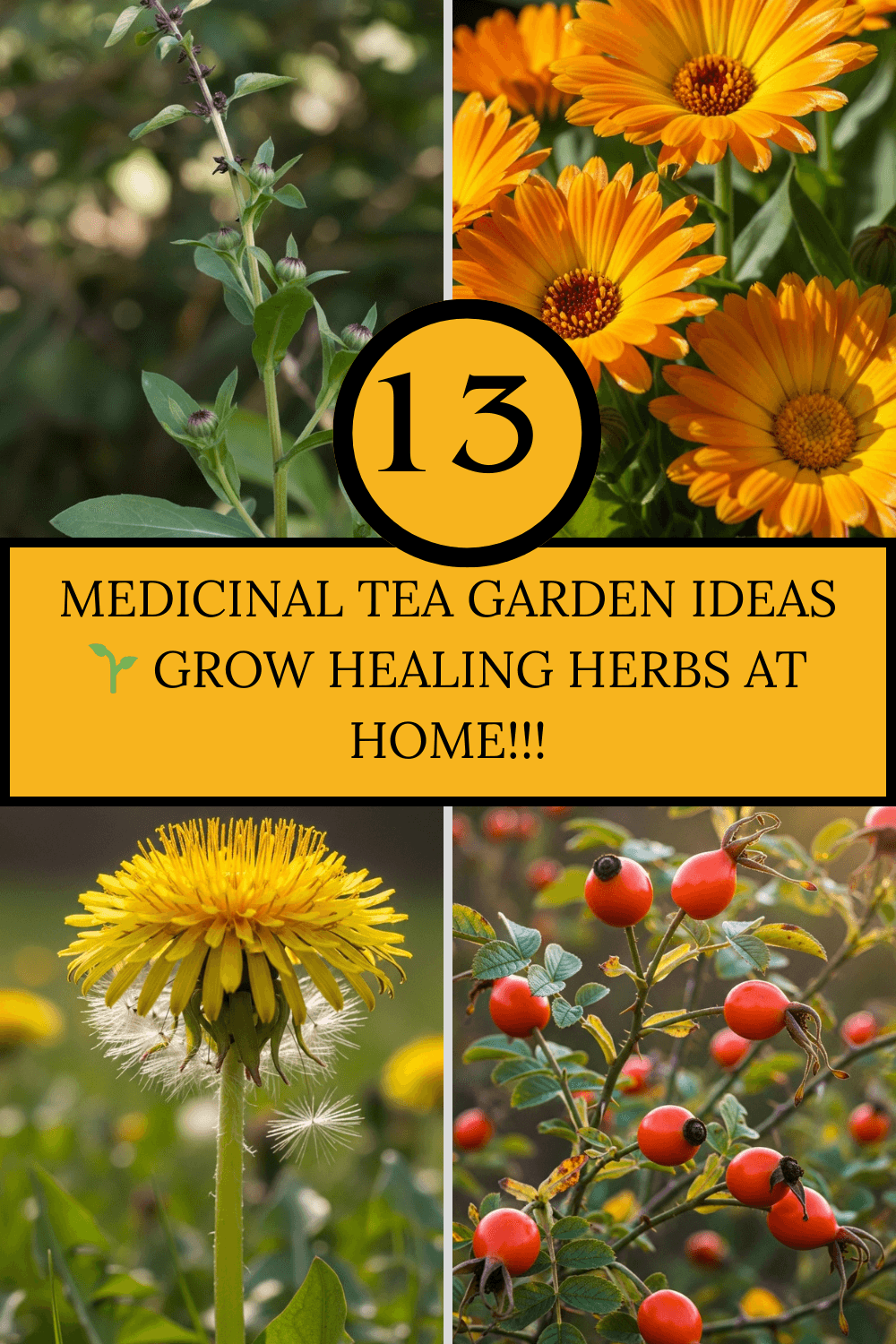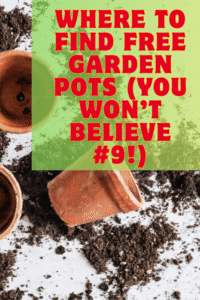Learn how to grow a medicinal tea garden at home with these 13 healing plants. From chamomile and peppermint to ginger and rosehip, discover herbs and flowers that brew into natural remedies for stress, digestion, and immunity.
Imagine stepping into your backyard, snipping a few fresh leaves or flowers, and brewing a cup of tea that not only tastes delightful but also supports your health. That’s the magic of a medicinal tea garden. It’s a space where beauty meets wellness—a living pharmacy filled with calming herbs, vibrant flowers, and healing roots.
The best part? You don’t need ample space or advanced gardening skills. Whether you have a sprawling yard, a cozy balcony, or just a few pots on a windowsill, you can create a homegrown tea garden that brings comfort and health benefits year-round.
Here are 13 wonderful plants you can grow to start your very own healing tea garden.
—
1. Chamomile – The Classic Relaxation Herb
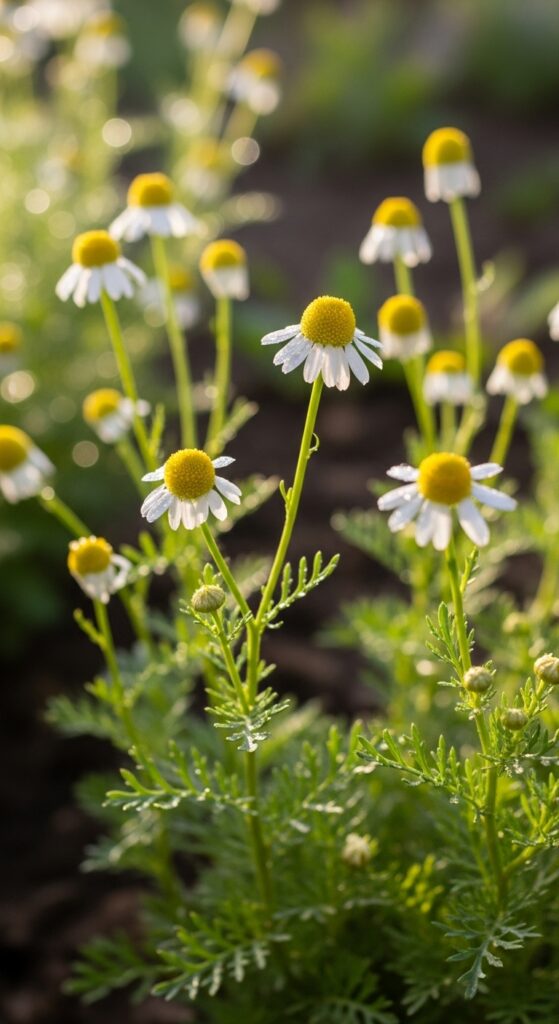
Chamomile is often called “nature’s bedtime tea.” Its delicate, daisy-like blossoms make one of the most soothing herbal teas in the world.
Health benefits:
Chamomile tea is best known for reducing stress and promoting better sleep. It also eases mild digestive discomfort and can calm nervous tension after a long day.
Growing tips:
Chamomile prefers sunny spots and well-drained soil. Once established, it’s pretty low-maintenance. Harvest the flower heads when they’re fully open, then dry them for tea.
Tea tip:
Put one tablespoon of dried chamomile flowers in hot water for 5–10 minutes. Add a drizzle of honey for extra comfort.
—
2. Peppermint – Fresh and Digestive Support
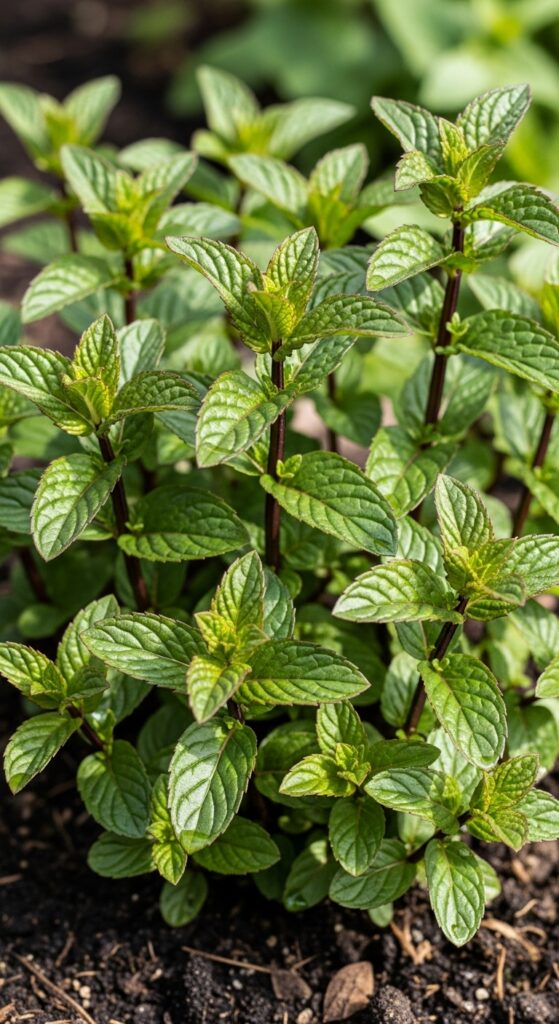
Peppermint is refreshing, aromatic, and incredibly easy to grow. It spreads quickly, so planting it in a container is often the best way to keep it under control.
Health benefits:
Peppermint tea is excellent for digestion, soothing bloating, and easing nausea. It also provides a natural cooling effect that feels refreshing on hot days.
Growing tips:
This herb thrives in partial shade to full sun and moist soil. Keep trimming the leaves regularly to encourage new growth.
Tea tip:
Use a handful of fresh peppermint leaves for a cooling summer tea or blend with chamomile for a calming digestive brew.
—
3. Lemon Balm – Uplifting and Calming
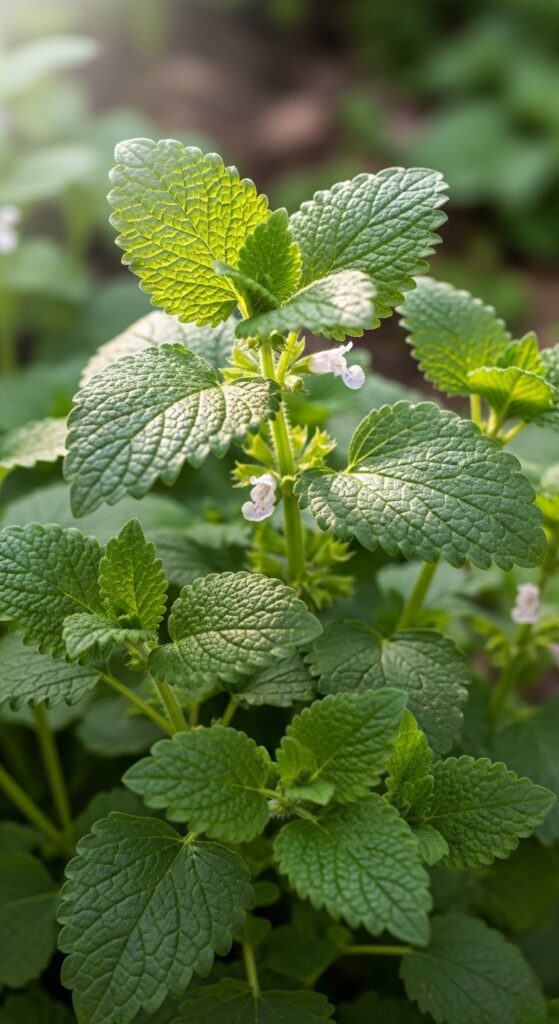
Lemon balm, with its lemony fragrance and flavor, is a cheerful plant that’s as therapeutic as it is tasty.
Health benefits:
It’s known for easing anxiety, improving mood, and supporting restful sleep. Some studies even suggest it may improve focus and memory.
Growing tips:
Lemon balm grows easily in containers or directly in the ground. Please keep it in check with regular pruning, as it can spread quickly.
Tea tip:
Steep fresh lemon balm leaves for a bright, citrusy tea. It pairs beautifully with mint or lavender.
—
4. Echinacea – Natural Immune Booster
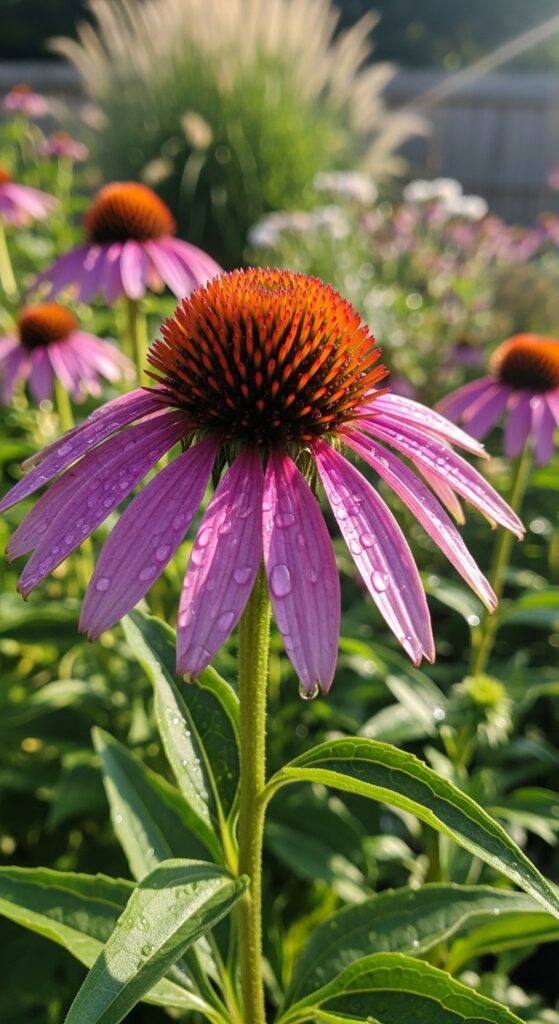
Echinacea’s vibrant purple-pink flowers make it both ornamental and medicinal.
Health benefits:
Often used to shorten the duration of colds and flu, echinacea supports immune function and helps the body fight off infections.
Growing tips:
This perennial thrives in sunny spots with well-drained soil. Harvest the flowers and leaves during the blooming season for tea.
Tea tip:
Brew the dried petals or leaves alone, or combine with ginger for an immune-boosting blend.
—
5. Lavender – Stress Relief and Sleep Aid
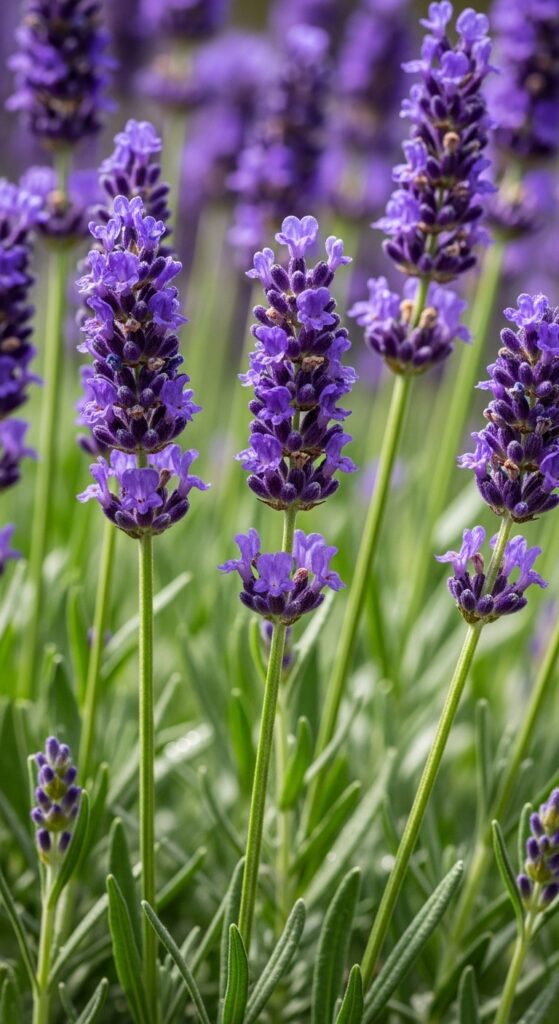
Lavender is famous for its heavenly fragrance and calming qualities. Adding it to your tea garden brings both beauty and relaxation.
Health benefits:
Lavender tea reduces stress, eases headaches, and supports deep, restorative sleep.
Growing tips:
Lavender prefers full sun and dry, sandy soil. Once established, it doesn’t need much watering.
Tea tip:
Use dried buds sparingly—lavender has a strong flavor. Mix with chamomile for a soothing nighttime tea.
—
6. Sage – Antimicrobial and Soothing
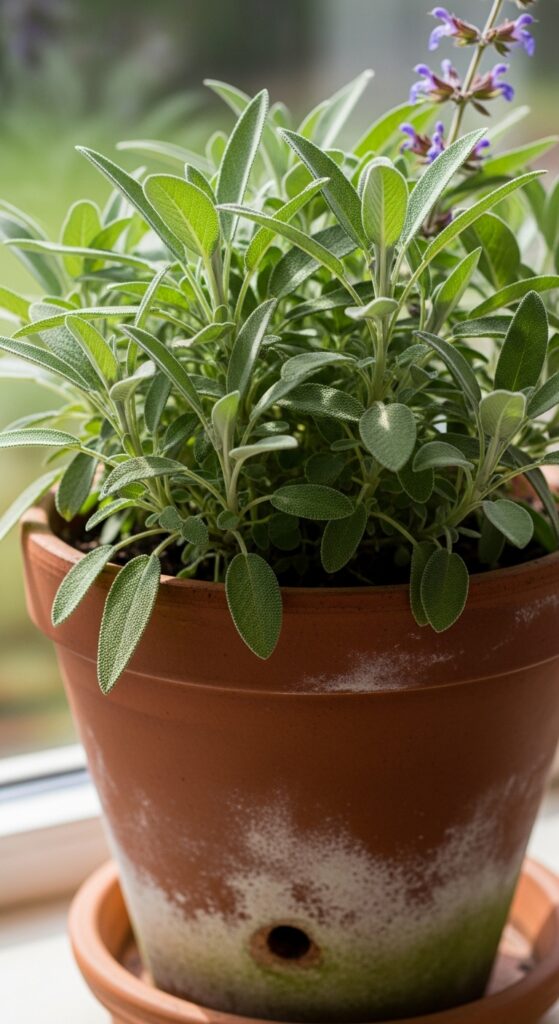
Sage is more than just a culinary herb—it has potent medicinal properties.
Health benefits:
Sage tea can ease sore throats, support oral health, and calm digestive discomfort. Its antimicrobial qualities make it a reliable wellness herb.
Growing tips:
Sage thrives in full sun and well-drained soil. It’s drought-tolerant once established and lasts for years in the garden.
Tea tip:
Steep a few fresh or dried sage leaves in hot water. Add honey and lemon for a comforting throat tea.
—
7. Thyme – Respiratory Wellness Herb
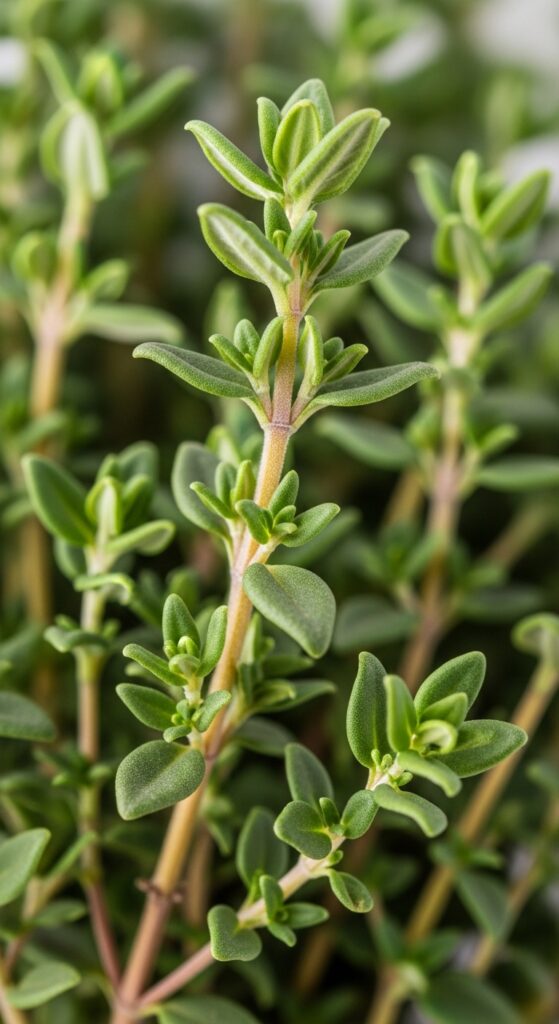
Thyme is tiny in size but mighty in benefits.
Health benefits:
Thyme tea supports respiratory health, soothes coughs, and helps clear congestion. It’s a must-have for cold and flu season.
Growing tips:
Thyme grows well in sunny, dry spots and doesn’t need much water. Harvest small sprigs regularly to keep the plant bushy.
Tea tip:
Combine thyme with honey and ginger for a powerful cold-fighting infusion.
—
8. Holy Basil (Tulsi) – Sacred Stress Reliever
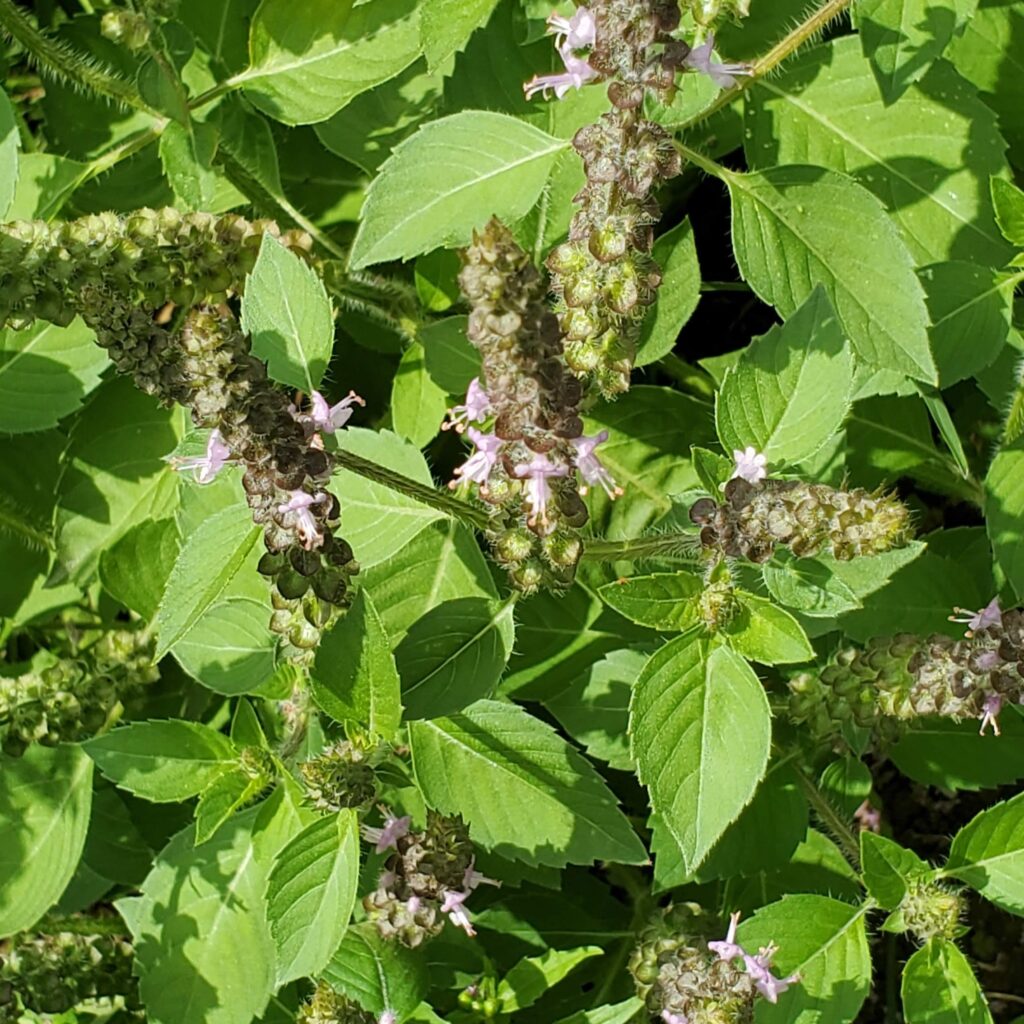
Revered in Ayurvedic tradition, holy basil or tulsi is often called the “Queen of Herbs”
Health benefits:
Tulsi is an adaptogen, meaning it helps the body adapt to stress. It boosts immunity, balances energy, and supports overall well-being.
Growing tips:
Tulsi loves warm weather and grows easily in pots or garden beds. Harvest leaves regularly to encourage growth.
Tea tip:
Brew fresh tulsi leaves alone or blend with lemon balm for a stress-relieving tea.
—
9. Calendula – Healing Flower Power
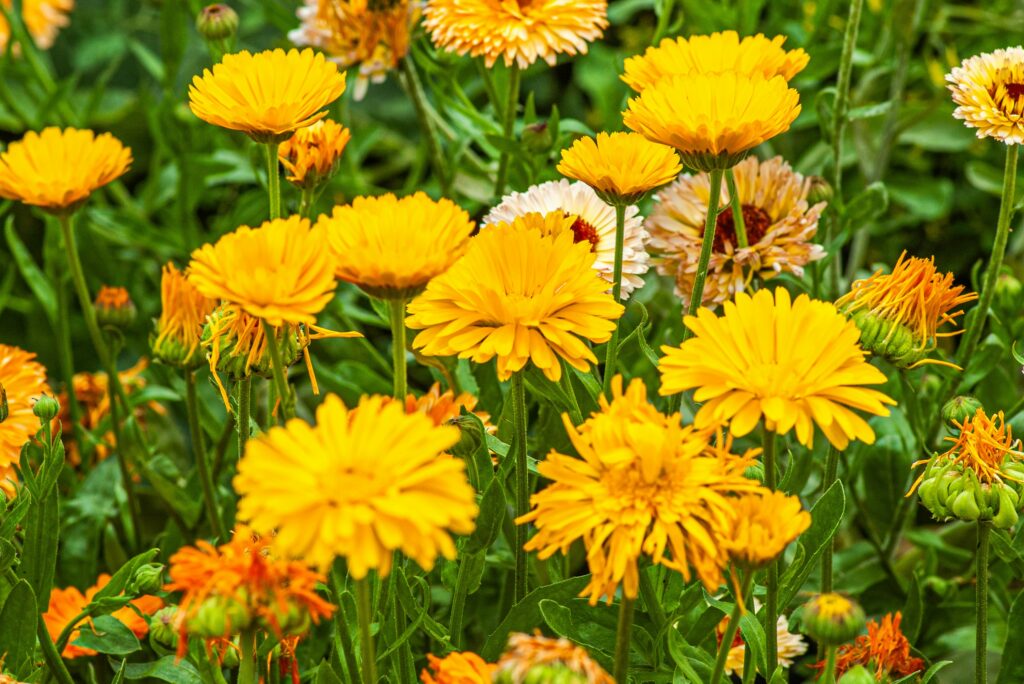
Calendula, also known as pot marigold, adds a pop of orange or yellow to the garden.
Health benefits:
Calendula tea soothes inflammation, supports digestion, and promotes healthy skin.
Growing tips:
This flower loves sunny spots and grows easily from seed. Harvest petals when fully open and dry them for tea.
Tea tip:
Brew dried petals for a mild, golden-colored tea. It pairs well with chamomile for skin-supporting benefits.
—
10. Fennel – Sweet and Digestive Friendly
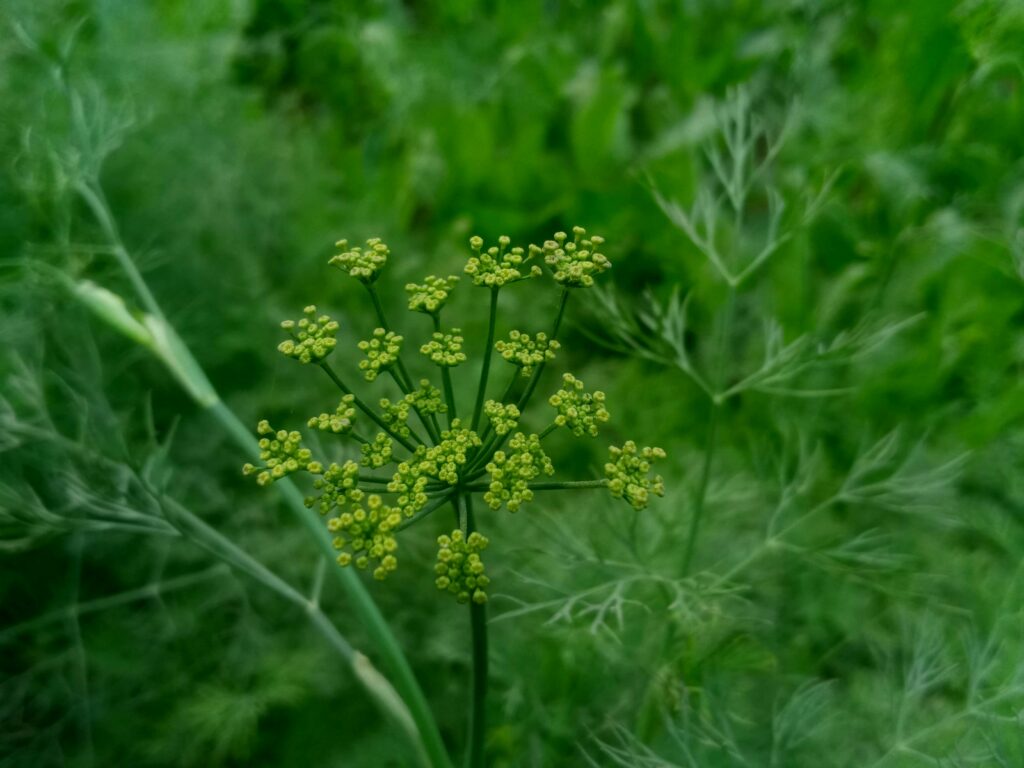
Fennel is both decorative and functional, with feathery fronds and fragrant seeds.
Health benefits:
Fennel tea eases bloating, reduces cramps, and supports gut health. It’s also a gentle remedy for colic in babies.
Growing tips:
Plant fennel in full sun and keep the soil moist. Harvest seeds when they turn brown and dry for tea.
Tea tip:
Steep lightly crushed fennel seeds for a naturally sweet tea with a licorice flavor.
—
11. Ginger – Warming and Immune-Strengthening
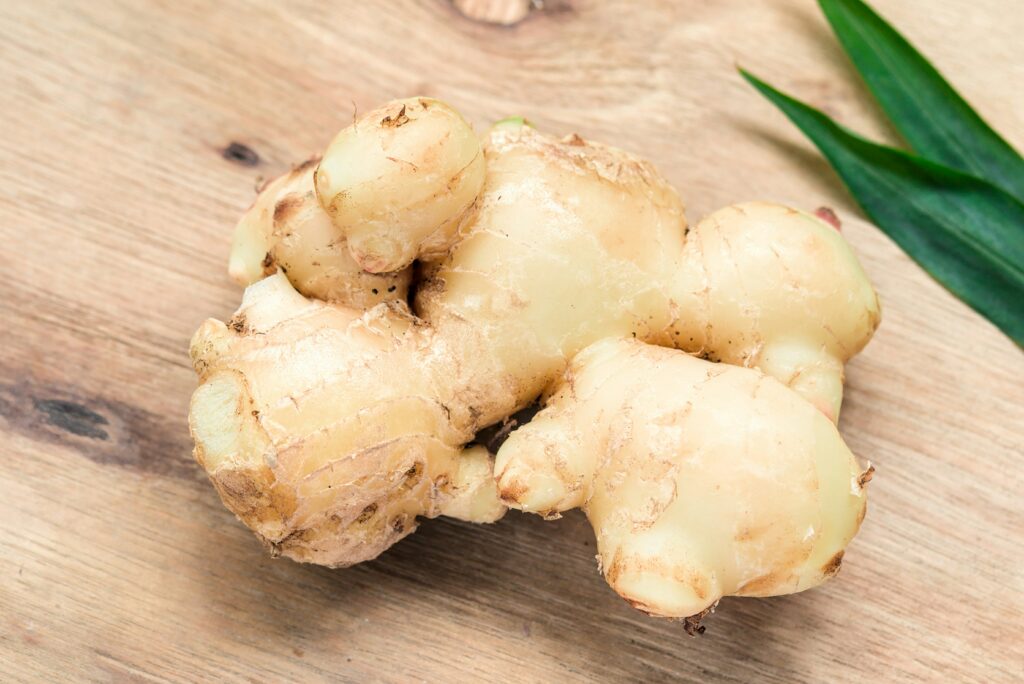
Ginger is one of the most versatile healing plants you can grow.
Health benefits:
Its warming tea improves circulation, reduces nausea, eases inflammation, and strengthens immunity.
Growing tips:
Plant ginger rhizomes in pots or beds in warm, shady spots. Keep soil moist but not soggy. Harvest roots after 8–10 months.
Tea tip:
Simmer fresh ginger slices in water for a spicy, invigorating tea. Add lemon and honey for extra flavor.
—
12. Rosehip – Vitamin C Powerhouse
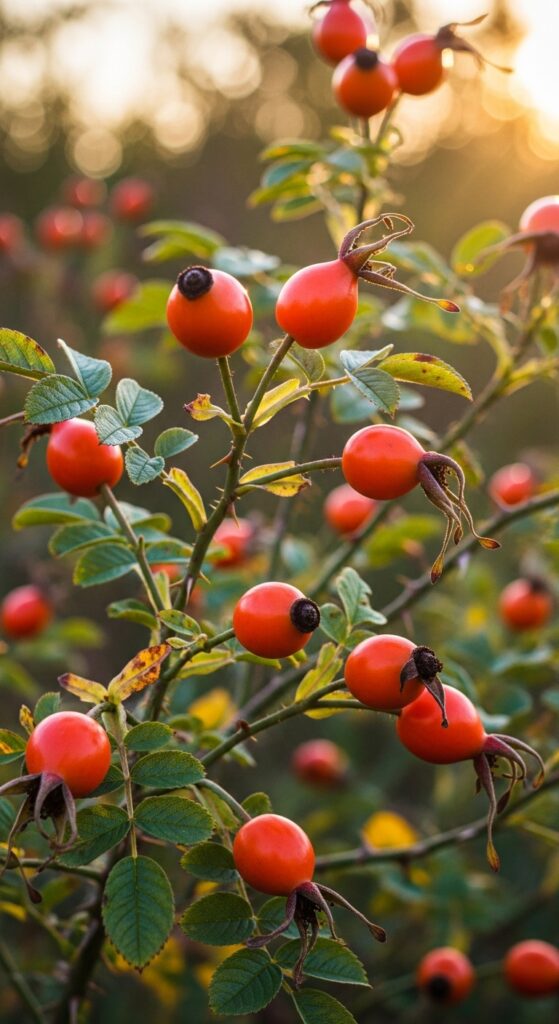
Rosehips are the fruit of the rose plant and are packed with nutrients.
Health benefits:
They’re rich in vitamin C and antioxidants, making rosehip tea excellent for boosting immunity, supporting skin health, and reducing inflammation.
Growing tips:
Choose a rose variety that produces large hips. Harvest when they turn bright red, then dry them for tea.
Tea tip:
Steep dried rosehips for a tangy, slightly sweet tea. It pairs beautifully with hibiscus.
—
13. Dandelion – Detox and Digestive Support
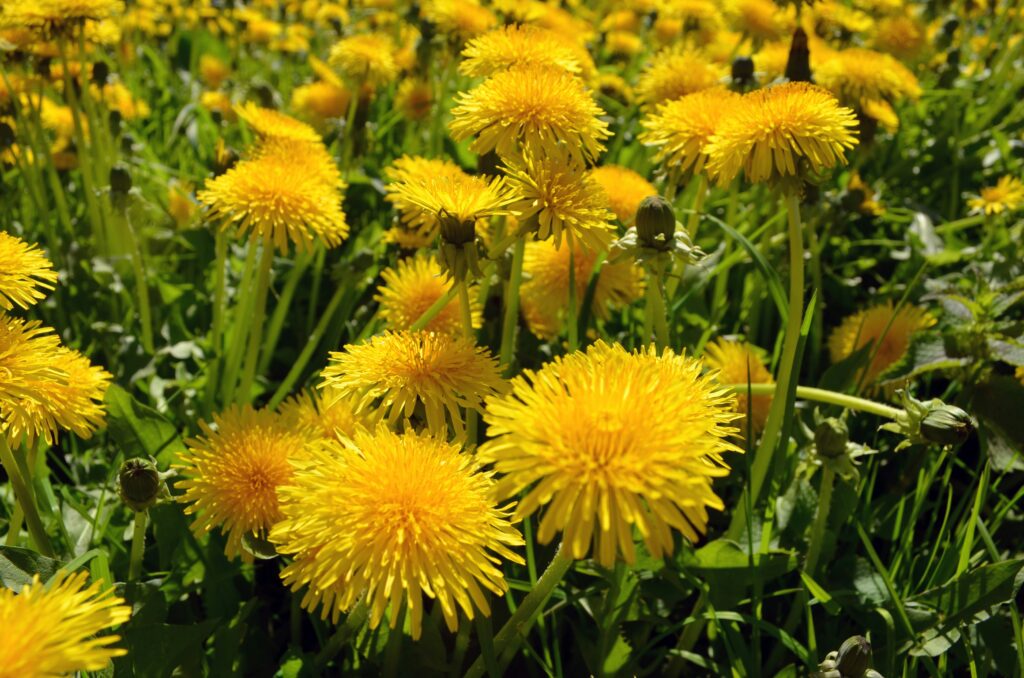
Often overlooked as a simple weed, dandelion is actually a powerhouse medicinal plant. Both its leaves and roots can be used to make nourishing teas.
Health benefits:
Dandelion tea is known for supporting liver function, aiding digestion, and acting as a gentle detoxifier. It’s also rich in vitamins and minerals that support overall wellness.
Growing tips:
Dandelions thrive almost anywhere with minimal care. You can grow them in pots or let them settle into a sunny corner of your garden. Harvest the young leaves in spring and roots in the fall.
Tea tip:
Use dried roots for a roasted, coffee-like tea or steep the fresh leaves for a lighter, earthy infusion
Final Thoughts: Create Your Own Healing Garden
A medicinal tea garden isn’t just about growing plants—it’s about cultivating a lifestyle of wellness and self-care. By filling your space with herbs like chamomile, peppermint, and ginger, you’ll always have natural remedies within reach.
Whether you’re sipping lavender tea to unwind, fennel tea to ease digestion, or rosehip tea for an immune boost, your garden becomes more than a source of beauty—it becomes a partner in your daily well-being.
So, gather some pots, pick a few of these herbs, and start your own healing medicinal tea garden. One small sip at a time, you’ll nurture both your body and your soul.

